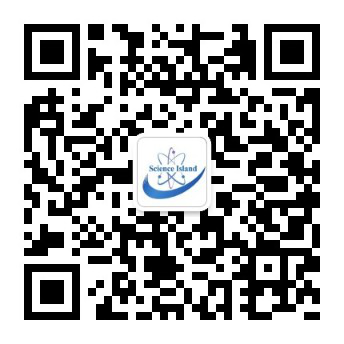
学术报告(7.26):Oxide thin films and interfaces with emergent electronic and magnetic functionalities;Giant Photostriction in MAPbI3 and Ferroelectric Photovoltaic Effect
时间:
地点:磁体装备大厅203会议室
报告一:Oxide thin films and interfaces with emergent electronic and magnetic functionalities
报告人:吴韬博士
报告摘要:
Transition metal oxides exhibit rich phase diagrams and exotic physical properties as a result of strong correlations between multiple degrees of freedoms. The recent advance of thin film growth techniques allows the synthesis of high-quality epitaxial oxide heterostructures with precise thickness, structure and composition controls. In this presentation, I will first discuss the emerging opportunities to construct interface-based nonvolatile resistive switching memory and field effect transistor. Electrostatic bias can manipulate the configuration of charged defects, and tune the Kondo effect and two-dimensional insulator-to-metal transition. I will also discuss the emergence of exchange bias and reentrant spin glass state at interfaces between ferromagnetic and antiferromagnetic oxides. Finally, I will introduce our preliminary result of superconductivity in orthorhombic-structured Ti2O3 films. As a whole, the basic principles of material physics behind these emergent physical properties of oxide interfaces might provide opportunities of future technology breakthroughs.
报告人简介:
Dr. Tao (Tom) Wu received his B.S. degree from
报告二:Giant Photostriction in MAPbI3 and Ferroelectric Photovoltaic Effect
报告人:王峻岭
报告摘要:
The past few years witnessed the explosion of research on photovoltaic cells based on the hybrid lead halide perovskites, in particular CH3NH3PbI3. Despite the tremendous progress in device performance, much less is known about the underlying mechanism except that the carrier lifetime and diffusion length are astonishingly long in both thin films and single crystals.
We recently observed a giant photostrictive response, i.e., light-induced dimension change, of more than 1200 ppm in CH3NH3PbI3. This is very similar to what has been observed in conventional ferroelectric oxides. However, the hybrid lead halide perovskites are not ferroelectric despite the large dipole of the CH3NH3 group. On the other hand, in conventional oxide perovskite BiFeO3 with strong ferroelectricity, we observed that the photovoltaic response could be significantly improved by destabilizing the polarization. Combining these observations, we propose a model to explain the photostriction of CH3NH3PbI3, and suggest a strategy to improve the photovoltaic property of conventional ferroelectric materials.
报告人简介:
Professor WANG Junling obtained his B.S. degree from
Professor Wang Junling’s research activities focus on multifunctional thin films and their applications in nanoelectronic and spintronic devices. In particular, he is interested in perovskites with the chemical formula of ABX3. These materials possess a wide range of exotic properties ranging from highly insulating to superconducting, from dielectric to ferroelectric and multiferroic. He has published over 100 papers in high impact journals, including

扫一扫